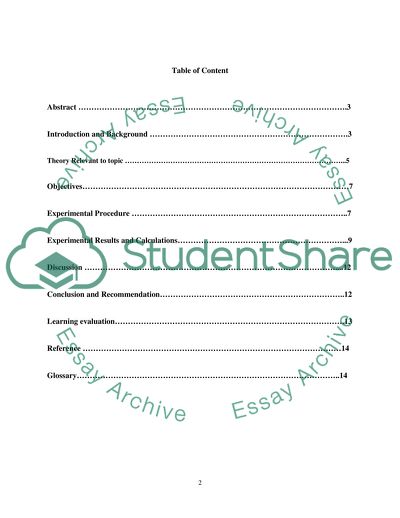Cite this document
(A Major Application of Series Resonance Lab Report Example | Topics and Well Written Essays - 1750 words, n.d.)
A Major Application of Series Resonance Lab Report Example | Topics and Well Written Essays - 1750 words. https://studentshare.org/engineering-and-construction/1786988-series-resonance
A Major Application of Series Resonance Lab Report Example | Topics and Well Written Essays - 1750 words. https://studentshare.org/engineering-and-construction/1786988-series-resonance
(A Major Application of Series Resonance Lab Report Example | Topics and Well Written Essays - 1750 Words)
A Major Application of Series Resonance Lab Report Example | Topics and Well Written Essays - 1750 Words. https://studentshare.org/engineering-and-construction/1786988-series-resonance.
A Major Application of Series Resonance Lab Report Example | Topics and Well Written Essays - 1750 Words. https://studentshare.org/engineering-and-construction/1786988-series-resonance.
“A Major Application of Series Resonance Lab Report Example | Topics and Well Written Essays - 1750 Words”. https://studentshare.org/engineering-and-construction/1786988-series-resonance.


